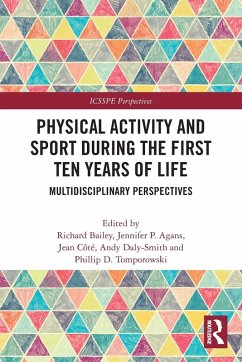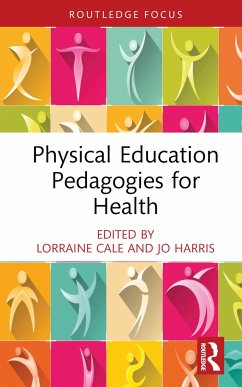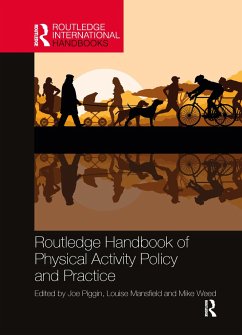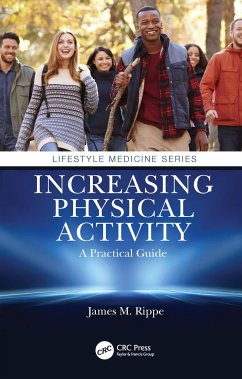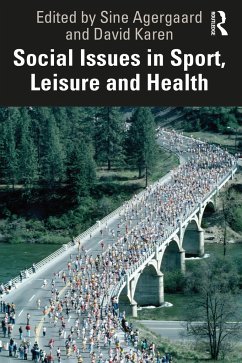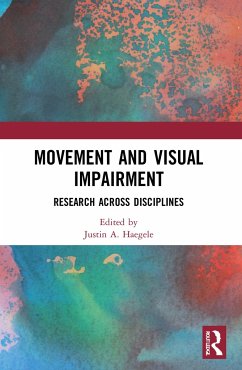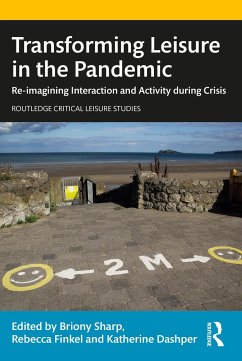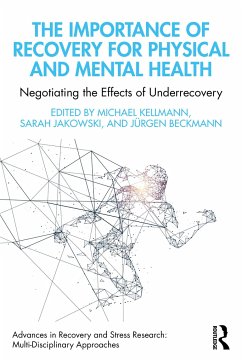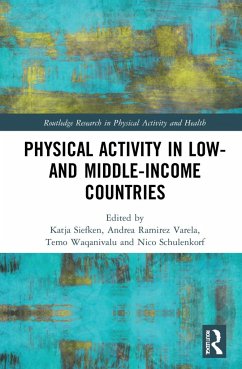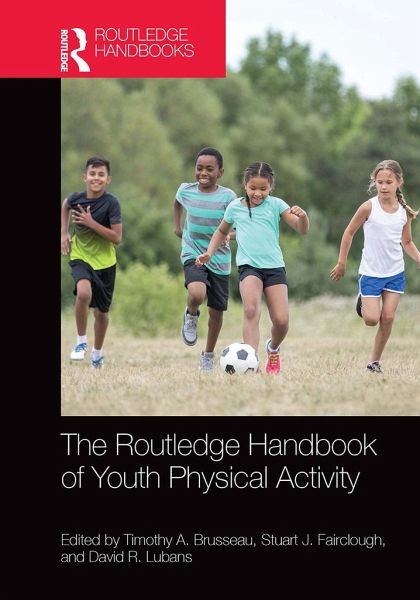
The Routledge Handbook of Youth Physical Activity
Versandkostenfrei!
Versandfertig in 6-10 Tagen
52,99 €
inkl. MwSt.
Weitere Ausgaben:

PAYBACK Punkte
26 °P sammeln!
Over the past three decades the study of pediatric physical inactivity has become a public health concern. The decreases in physical activity have been associated with obesity and numerous hypokinetic diseases. In accordance with this public health concern, the study of pediatric physical activity has become a central part of research in the health and exercise science fields.The Routledge Handbook of Youth Physical Activity is the first book to survey the full depth and breadth of the issues facing this field. Bringing together many of the world's experts and practitioners, the book helps to ...
Over the past three decades the study of pediatric physical inactivity has become a public health concern. The decreases in physical activity have been associated with obesity and numerous hypokinetic diseases. In accordance with this public health concern, the study of pediatric physical activity has become a central part of research in the health and exercise science fields.
The Routledge Handbook of Youth Physical Activity is the first book to survey the full depth and breadth of the issues facing this field. Bringing together many of the world's experts and practitioners, the book helps to develop an understanding of the underlying issues related to pediatric physical activity as well as the role physical activity plays on cognitive, psychomotor, and social aspects of childhood. The book addresses issues with physical activity measurement and discuss wide-ranging aspects of physical activity interventions.
With more emphasis than ever on physical activity, this book makes an important contribution to the scholars and practitioners working in the field of youth physical activity.
This is the first single text on the state of current knowledge related to pediatric physical activity which offers a comprehensive guide to students and academics on these subjects The Routledge Handbook of Youth Physical Activity is key reading for all advanced students, researchers, practitioners, and policy-makers with an interest in physical activity, youth sport, public health matters, sport studies, or physical education.
The Routledge Handbook of Youth Physical Activity is the first book to survey the full depth and breadth of the issues facing this field. Bringing together many of the world's experts and practitioners, the book helps to develop an understanding of the underlying issues related to pediatric physical activity as well as the role physical activity plays on cognitive, psychomotor, and social aspects of childhood. The book addresses issues with physical activity measurement and discuss wide-ranging aspects of physical activity interventions.
With more emphasis than ever on physical activity, this book makes an important contribution to the scholars and practitioners working in the field of youth physical activity.
This is the first single text on the state of current knowledge related to pediatric physical activity which offers a comprehensive guide to students and academics on these subjects The Routledge Handbook of Youth Physical Activity is key reading for all advanced students, researchers, practitioners, and policy-makers with an interest in physical activity, youth sport, public health matters, sport studies, or physical education.





